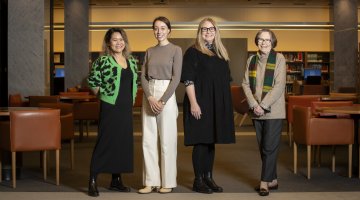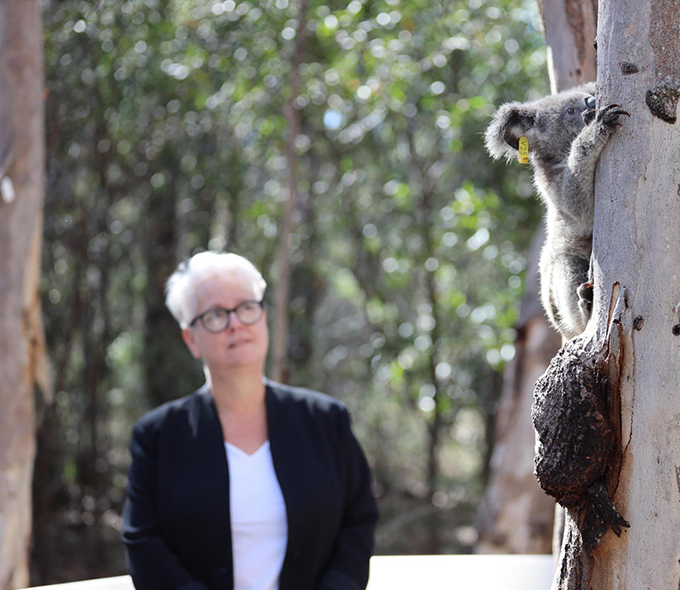mRNA vaccines and therapies will be produced for clinical trials in a dedicated laboratory to be established at The University of Queensland.
The Commonwealth Government’s Medical Research Future Fund (MRFF) National Critical Research Infrastructure scheme will contribute $4.3 million to its construction, with Sanofi and UQ each committing $1 million and the Queensland Government $250,000.
The director of UQ’s BASE facility, Associate Professor Tim Mercer, said the project would cement the facility’s footing in the growing mRNA industry.
“This will provide the BASE facility with end-to-end capabilities for mRNA vaccine development, from their initial design through to clinical trials – allowing the next generation of mRNA vaccines and therapies to be built in Queensland,” said Dr Mercer.
“This centre will help ensure the world’s biggest biotech companies continue to turn to Australian researchers at UQ when they’re looking to make what could be the next medical advance. We aim to begin manufacturing mRNA for Phase 1 clinical trials in 2024.”
Vice-Chancellor Professor Deborah Terry said having the capability to produce clinical trial quality mRNA in Australia was a crucial step towards pandemic preparedness and realising the economic benefits of research.
“Our BASE team has already grown from five founding scientists to more than 20 researchers now, and we expect to continue to grow with more highly skilled positions for mRNA manufacture,” said Professor Terry.
“This investment builds on the Translation Science Hub (TSH) partnership announced by the Queensland Government and Sanofi in December, in which UQ is a partner.”
Sanofi managing director of the Translational Science Hub, Dr Iris Depaz, added, “The best way to truly realise the promise of mRNA technology is for the scientific community to have easy access to high-grade mRNA to use, test and learn.” Dr Depaz said
“Our contribution to this BASE MRFF grant is part of our commitment to supporting multiple projects that grow the local scientific ecosystem.”








